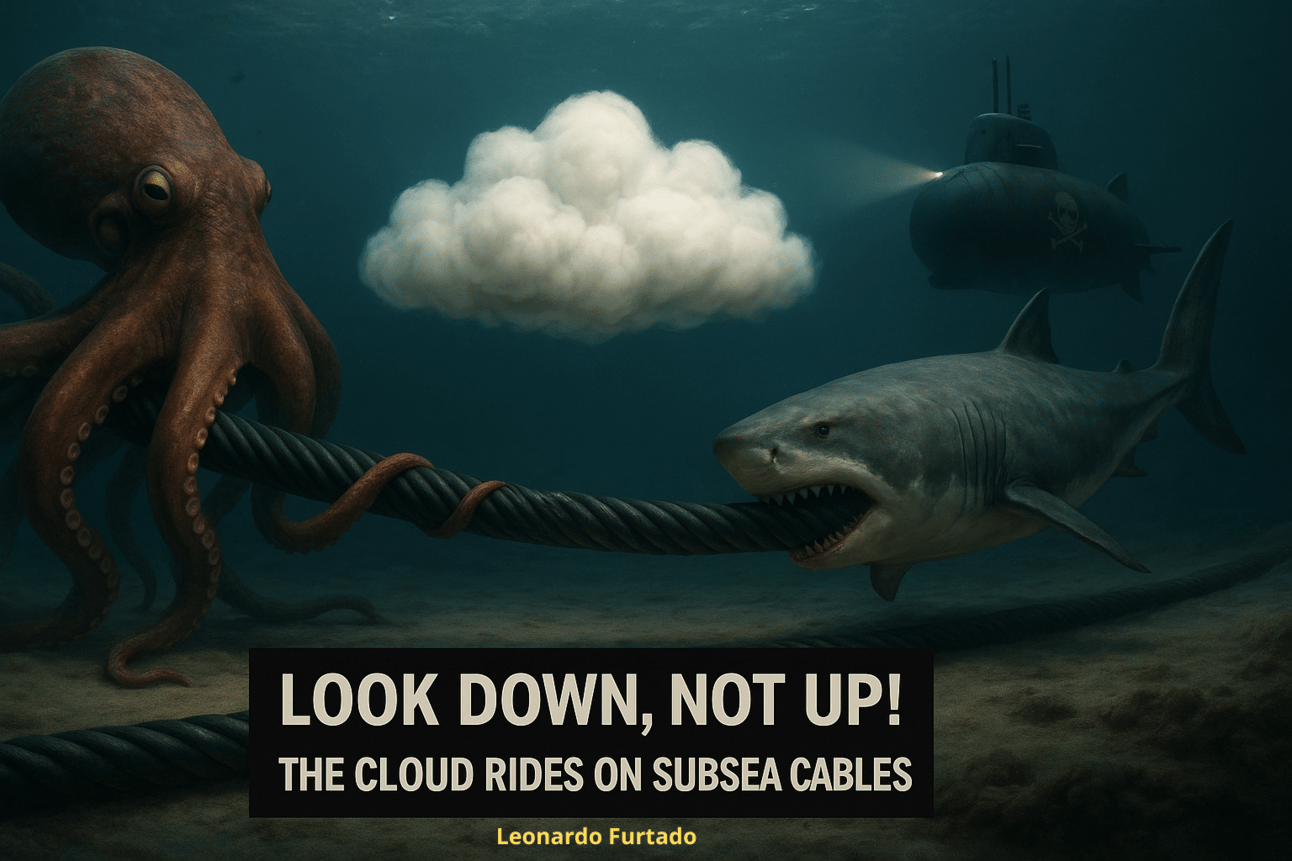Before We Dive In
Let me start with a confession.
Despite spending most of my career designing and architecting hyperscale networks, connecting clouds, carriers, data centers, and critical infrastructure around the world, subsea cables were never truly in my domain of expertise. I understood them quite well, sure. But I didn’t really know them, not the way I knew BGP and label switching architectures, large-scale network designs, routing convergence, or network observability and automation at scale.
That changed thanks to someone I’ve been lucky to call both a close friend and one of the most knowledgeable professionals I’ve ever worked with in this field: Rogerio Mariano.
Rogerio has dedicated a significant part of his career to subsea cable systems. Through his insights, shared across conversations, whiteboard sessions, and deep-dive discussions, I began to understand just how critical this often-invisible layer of infrastructure truly is, not just for cloud networking but for the modern Internet itself.
This article is, in many ways, the result of that learning journey. It’s a curated deep dive into the undersea world that powers our most visible platforms. It blends technical exploration with strategic context. It’s written for network engineers of all levels, whether you’re just getting started or you’ve been in the trenches for decades, because everyone working in modern connectivity needs to care about the ocean.
So, while I may not be a subsea engineer, I now understand why I should have been paying attention all along. And I hope that by the end of this read, you will too.
Let’s dive in.

